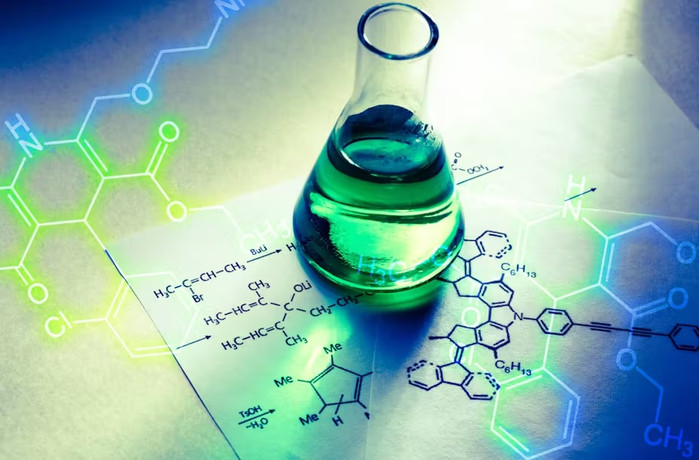
As electric frequency waveform is the basis of subatomic particles that are neutrons, protons and electrons that form atoms who bond and make molecules that those together produce elements which constitutes chemicals that are composed as compounds.
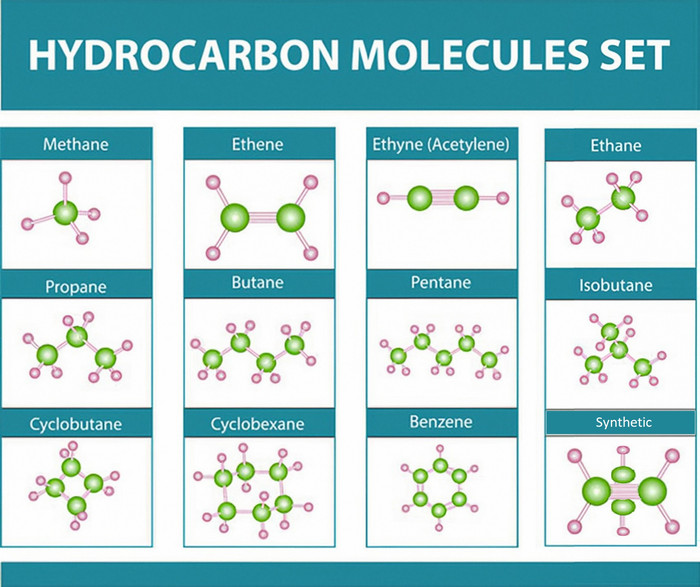
Synthetic hydrocarbons can be generated from deployment of the particle accelerator laser fusion process to supply synthetic fuel that also exhausts carbon dioxide for green life.
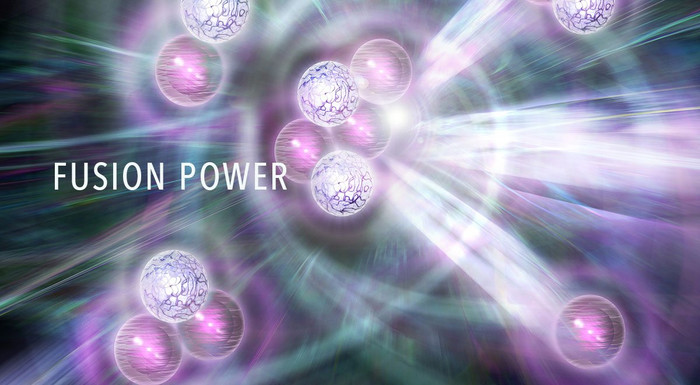
The laser fusion process between a free-electron laser and a photon laser generates plasma via particle collision from dipolar frequency charges created by an AI controlled ion source.
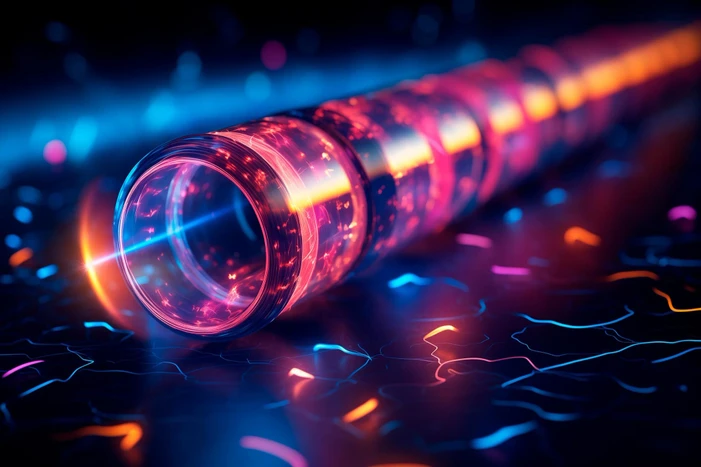
The two opposing laser beams produce plasma fusion held inside a frequency controlled electromagnetic field at set bandwidth to produce the resonant synthetic molecule.
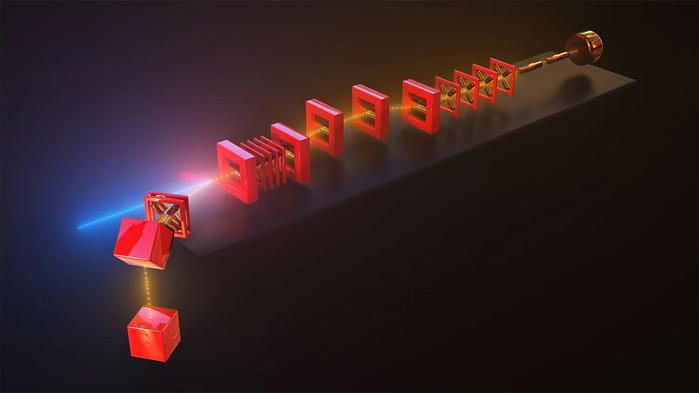
The free-electron laser is run at atomic frequency of hydrogen 21 cm-1 wavelength at 1.42 GHz with sufficient dipolar electron charge to form electrostatic discharge plasma fusion.
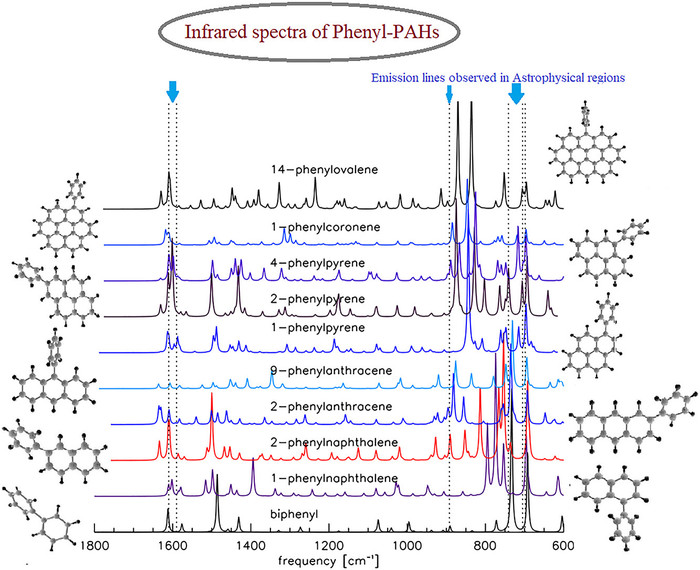
And the photon laser run at vibrational spectra of the hydrocarbons wavelength between 600 cm-1 and 1800 cm-1 at 50 MHz to 18.7 MHz with sufficient dipolar photon energy to enable photoionization.
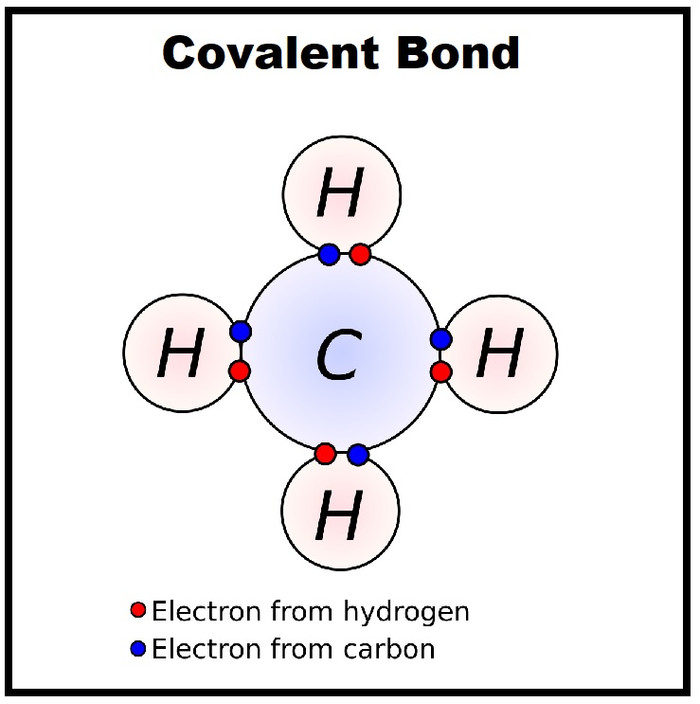
The fusion plasma pairs hydrogen electrons with carbon electrons through natural molecular frequency resonance in a covalent bond due to opposite particle charges magnetic attraction forms the stable energy level configuration.
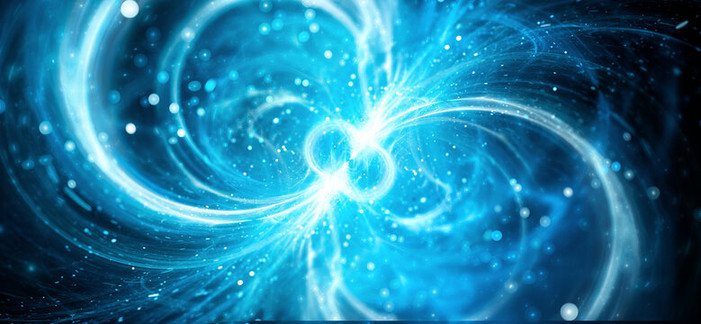
The laser-driven neutron sources are produced by the interaction of laser-accelerated protons and are attracting a lot of interests as a promising application of the laser particle acceleration.
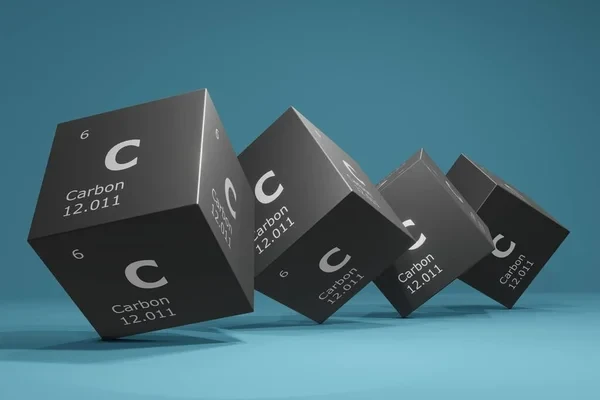
Set the photon laser and electromagnetic field frequency to the carbon numbers bandwidth to form the required number of carbon atoms in the artificial hydrocarbon molecule.
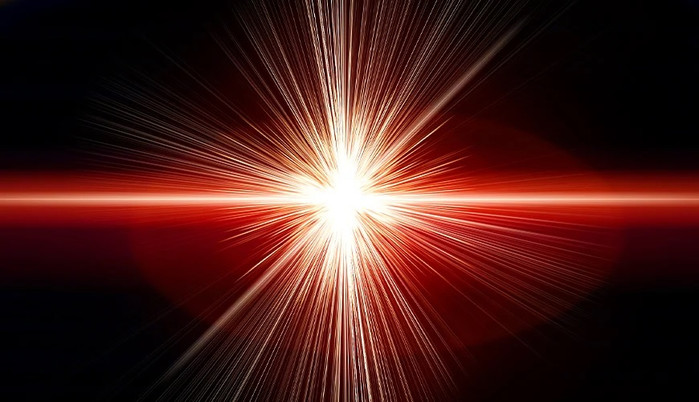
The Laser-Plasma Acceleration generates fusion from dipolar ion source of the electron laser and the photon laser aligned to a powerful electromagnetic field frequency of the carbon number ensures fusions atomic resonance that forms molecules as the opposite particle frequency charge causes natural magnetic attraction and therefore holds the synthetic atomic molecule together in a stable state.

Effectively the synthetic hydrocarbon molecule added to water makes the liquid flammable and combustible because 95 octane is 95% H20 and only 5% hydrocarbon and anyway the bonus is that vehicles continue to exhaust carbon dioxide that empowers the green life through carbon sequestration and oxygenic photosynthesis that produces data lifelines for mankind and sustainability of the eco system for future generations.
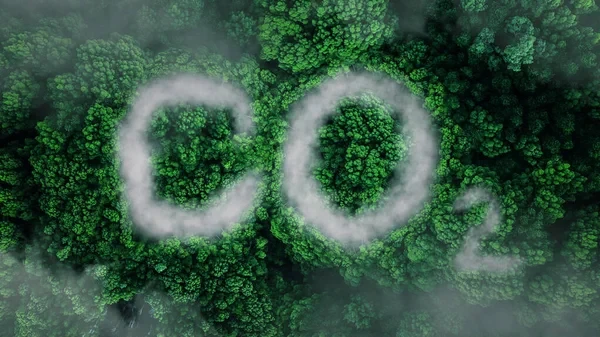
Energy Report, Alec Bellamy
